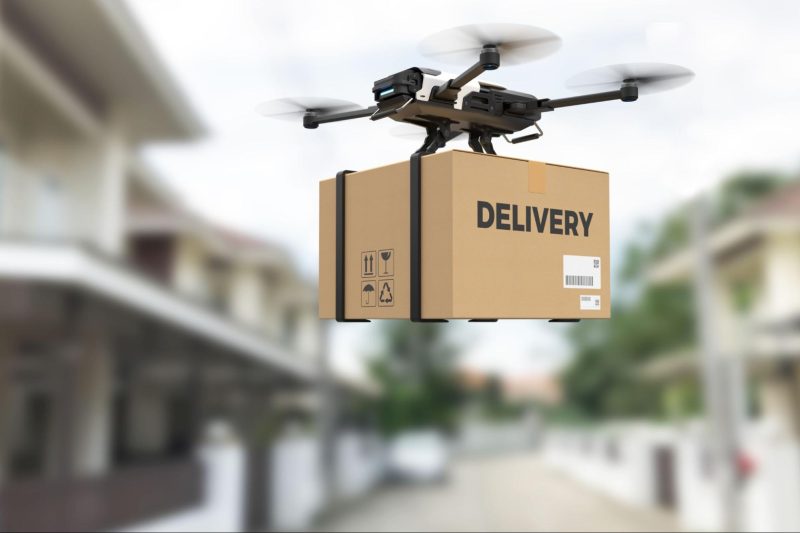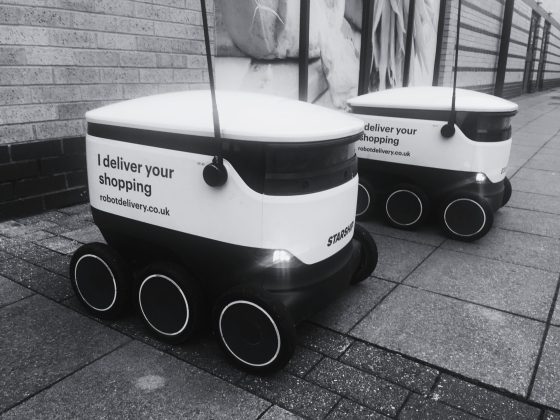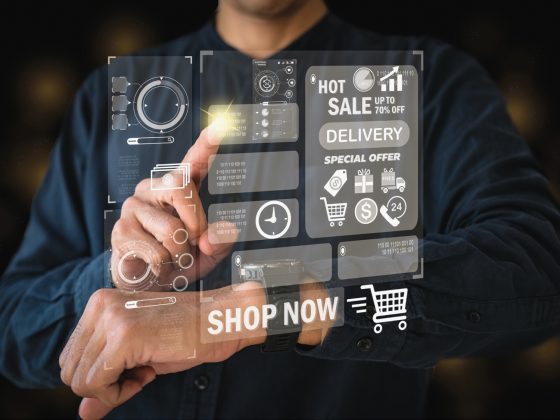Trends Shaping The Future of E-commerce
By Ramanan Thirunavukarasu
Looking ahead to 2024, several major trends are poised to reshape the e-commerce landscape, driven by new technologies, shifting consumer behaviors, and the rising demand for sustainability and convenience. These trends will redefine how businesses operate and how consumers shop online.
AI: The Game-Changer
Artificial intelligence (AI) is at the forefront of e-commerce transformation. Retailers are increasingly using AI to deliver highly personalised shopping experiences tailored to individual customers. In fact, 70% of U.S. digital retailers expect AI-driven personalisation to have a major impact on their business this year. From product recommendations to tailored marketing strategies, AI’s ability to analyse large amounts of data and predict what customers want is revolutionizing online shopping.
The Growing Demand for Sustainability
Consumers are becoming more environmentally conscious, and this is having a significant impact on e-commerce. A staggering 73% of consumers say they would likely change their shopping habits to reduce their environmental footprint. This includes not only choosing green products but also expecting companies to adopt more sustainable practices across the entire supply chain. In fact, 70% of consumers are willing to pay up to 5% more for products that contribute to reducing environmental pressures. As sustainability becomes more important, e-commerce companies will need to invest in eco-friendly materials, green logistics, and carbon-neutral shipping options.
Q-Commerce: The Future of Fast Delivery
Quick commerce, is changing the expectations around delivery speed. Consumers now expect same-day or even same-hour delivery for their orders. To meet this demand, businesses are in vesting in advanced logistics systems and technologies like drone deliveries. In fact, drone delivery is set to play a bigger role in local e-commerce, helping to fulfil orders faster and more efficiently
AR and VR: Enhancing the Shopping Experience
AR and VR are quickly becoming integral to e-commerce, offering customers immersive experiences that bridge the gap between online and in-store shopping. These technologies allow customers to virtually try on products, reducing return rates and increasing purchase confidence. According to a survey, 70% of consumers believe AR and VR can enhance their shopping experience, especially in sectors like fashion, furniture, and home decor.
Social Media as a Customer Service Channel
Customer interaction is evolving, with social media becoming a key platform for communication. Around 66% of online adults now prefer to communicate with businesses via social media messaging, and many are more likely to make a purchase when this option is available. This trend underscores the importance of businesses being active and responsive on social media, not just for marketing but also for engaging with customers in real time.
Automation: Streamlining E-Commerce
Automation is set to play an even larger role in e-commerce, helping businesses streamline operations and improve customer service. Chatbots and automated systems are becoming more common, offering quick responses to customer queries and even assisting withorders. As more consumers become accustomed to this level of convenience, chatbot ordering is expected to become a mainstream way of shopping.
Voice and Image Search:
Changing the Way We Shop

Voice and image search are transforming how consumers find and purchase products. With devices like Amazon Alexa and Google Home becoming household staples, voice search is gaining traction, with 40% of U.S. internet users using voice assistants at least monthly. Similarly, image search is growing, allowing customers to search for products using photos rather than keywords—a particularly useful tool as mobile shopping continues to rise. The future of e-commerce is bright, with AI, sustainability, AR/VR, and automation leading the charge. Businesses that embrace these trends will not only keep up with the evolving landscape but will also set themselves apart as innovators, shaping the future of online retail
Online shopping has completely changed how we shop, giving consumers unmatched convenience, variety, and access to products at the tap of a button. With the ability to compare prices, read reviews, and shop from anywhere, today’s shopper expects much more from the buying experience. Personalization is now a major factor in e-commerce success—91% of consumers are more likely to buy from brands that offer tailored recommendations based on their past behavior. Platforms like Amazon and Netflix have perfected this, using AI to predict what customers want, boosting sales and building loyalty in the process. Convenience also plays a huge role. Around 72% of shoppers prioritize ease of use when shopping online. They expect fast delivery, simple checkouts, and websites that are easy to navigate. With the rise of mobile shopping, which is expected to account for over 73% of e-commerce sales by 2024, businesses are adapting by making their sites mobile-friendly and offering simplified payment options like Apple Pay and Google Pay.
The Psychology Behind Online Shopping
When we shop online, there are several psychological factors influencing our decisions. The desire for instant gratification, for example, drives people to make quick purchases, while FOMO (Fear Of Missing Out) creates urgency during limited-time deals or f lash sales. But there’s a flip side—when presented with too many choices, consumers can get overwhelmed, which leads to decision fatigue. This is why many brands are curating their product selections to help guide shoppers through the vast array of options available. Social media platforms like Instagram, YouTube, and TikTok are becoming huge drivers of online shopping, especially for younger consumers. In fact, 55% of young shoppers say they’ve made purchases based on what they’ve seen on social media. Features like “Shop Now” buttons make it easy to browse and buy seamlessly, without leaving the app. This blend of social engagement and convenience is becoming essential for brands to stay competitive.
How Demographics Shape Shopping Behavior
Different demographics approach online shopping in different ways. For instance, Millennials and Gen Z consumers value speed, convenience, and mobile-friendly platforms, and are often more likely to engage with brands through social media. Women tend to focus more on product research and customer reviews, while men often prioritize efficiency and simplicity in their shopping experience. Despite these differences, one thing is clear across all age groups: personalisation is a universal expectation. Whether they’re shopping for luxury goods or looking for budget-friendly deals, consumers expect brands to understand their preferences and deliver tailored experiences. This hyper-customized approach is rapidly changing the retail landscape, pushing businesses to become more data-driven and customer-focused.
The Rise of Sustainability in E-commerce
More and more consumers are paying attention to sustainability when making purchasing decisions. In fact, 73% of global shoppers say they’re willing to change their shopping habits to reduce their environmental impact.










